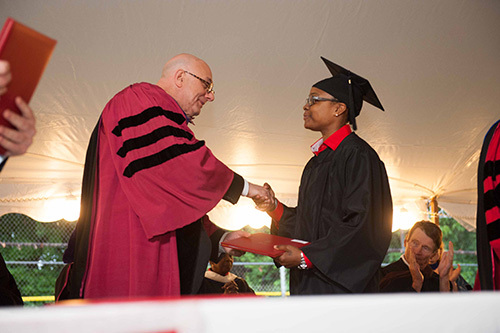
میکس Kenner سوشل سائنسز میں ماہرین کے بارڈ جیل پہل سے گریجویٹس کی کامیابی کی شرح کو دکھانے کے لئے آپ تھے تو خیال ہے کہ, they would tell you the results are “impossible”. The story of the Bard Prison Initiative (BPI), founded by Kenner in 1999 اور ان کی الما میٹر کی طرف سے حمایت, بارڈ کالج, افسانوی بن گیا. آج امریکہ میں اپنی نوعیت کا سب سے بڑا پروگرام کے طور پر, BPI تقریبا داخلہ 300 تعلیمی شعبوں کی ایک مکمل سپیکٹرم بھر میں قید مردوں اور عورتوں, اور اس سے زیادہ فراہم کرتا ہے 60 کورسز ہر سمسٹر. Kenner’s recent awards have included The Chronicle of Philanthropy’s 40 کے تحت 40, Richard Cornuelle Award for Social Entrepreneurship, the Smithsonian American Ingenuity Award in Education, and most recently, a Tribeca Disruptive Innovation Award (TDIA). The goal of the TDIA is to shine a light on innovations which are helping to solve the world’s most intractable problems. Max joins us in تعلیم کے لئے گلوبل تلاش کس طرح اور کیوں BPI گریجویٹس کلاس روم اور حقیقی دنیا میں کامیاب رہے ہیں کے بارے میں بات کرنے کے, اس اولین پروگرام منتظر لئے کے ساتھ ساتھ ان کی تنظیم کے وژن.
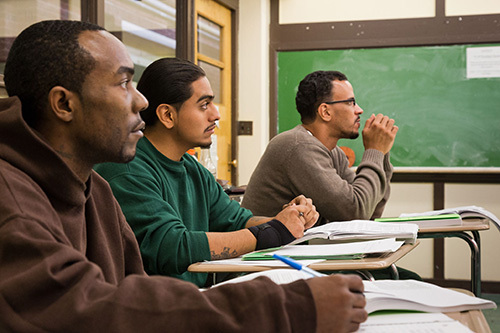
Max, within five years of their release, سے زیادہ 3 سے باہر 4 ex-inmates are arrested again. Out of the 300 students who have graduated Bard, صرف 4 percent have returned to prison. Why are your graduates more likely to succeed?
We resist any one explanation of why that happens. اس کے علاوہ, it’s important to point out we work very hard to press back against the inclination that is shared by leaders in philanthropy, حکومت, and education, that the best metric for measuring the success of our students and alumni is recidivism rates because it frames our work overwhelmingly in the context of criminal justice in a way that reduces our students to simply the people that have been incarcerated for a criminal offense.
We measure success of our students in many more ways than whether they return to prison. We treat our students exactly as we would treat any conventional student on the campus of a superb liberal arts college. We don’t view our students as incarcerated students that need ‘correction’. We approach them with a sense that the whole intellectual world is at their disposal as it would be for any student or any person. We work very hard not to limit the way we approach them or the way they pursue a new sense of curiosity and ownership about the arts, کتابیں, خیالات, سائنس, ریاضی, or a foreign language. It’s about their individual pursuits and not about their involvement with criminal justice. They are simply students who should be treated with the same sense of individuality, مقصد, and curiosity as any students anywhere. So a better metric than recidivism rates might be something like academic success or other things that are much harder to measure, like how fulfilled a person is over the course of their life, how they engage with questions relevant to their academic study later in life, or the way they speak to their children about their own school work.
How large is the well of untapped intellectual potential in prisons today?
That’s a very fair question and the truth is that we don’t know. All we know is that as our project has grown across the country, we continue to find more untapped talent, rather than less.
The population that makes up our student body does not show any predictive mechanism for seeing who is more or less likely to succeed in college study. Our students go from mathematical illiteracy to first, or second, or third term calculus and become math majors. Students fall in love with continental philosophy and learn German to read Hegel in the original. These students do not necessarily come from backgrounds where their parents had a superb education. اصل میں, they often dropped out of school early. Nothing about their criminal history, where they grew up, their institutional record, or their proximity to release are indicators of whether or not the student will be successful in school.
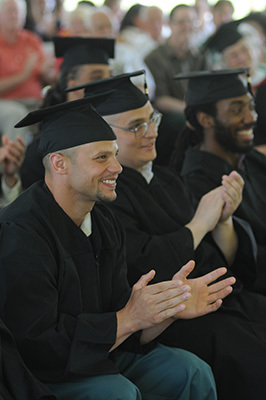
The job marketplace is currently very competitive for all young people. Are employers able to remove the stigma associated with incarcerated individuals? Do they believe your graduates have the skills to contribute to their communities?
Amongst our alumni, there are students who are thriving at graduate schools and receiving degrees in social work, public health, PhDs in academic disciplines, urban planning, وغیرہ. They study at schools across the CUNY system, کولمبیا, NYU, ییل, وغیرہ. We have students who are vice-presidents in the management of billion dollar international companies. But typically, our student body goes back to the community from which they came–generally the most isolated, underserved areas in New York–working with populations that needs them the most. They serve people with HIV/AIDS, who are homeless, who are returning from prison, اور–most of all–youth at risk. Our students are an extraordinary asset to these communities and are recognized as such by employers within them. They have an unusual combination of life-experience and academic training. They are of extraordinary value to people who are hiring in human service agencies.
What do you envision for the future of education in prisons? Where is the potential for scaling up this initiative? What are the major roadblocks?
We have the Consortium for Liberal Arts in Prison which has worked to establish different programs which are run by other superb colleges and universities across the country. We are currently in twelve states. The first project we helped establish was in Connecticut at Wesleyan University. We have worked with Grinnell College in Iowa, Goucher College in Maryland, Holy Cross College and the University of Notre Dame in Indiana, Washington University in St. Louis, and several colleges in Washington state. One of the reasons we decided not to insert the Bard program into states we don’t know is that we feel strongly this work is most successful at a genuinely human scale. All the pressure from philanthropy, حکومت, and money say ‘go to scale.’ We think our students benefit in the way that they do from an academic education for precisely the opposite reason. We’re interested in getting elite colleges and universities to reimagine the way they do their jobs, to reimagine the way that they relate to the communities around them, reimagine the way they can interfere with the worst social problems we face collectively as a country. In the academy–رہنماؤں, college presidents, trustees, the elite professoriate–there is a terrible crisis of confidence regarding the relevance of what we do in the humanities and especially in the arts. If we’re going to be successful in facing any of the great challenges we are presented with as a country, we must have confidence in one another, and deliver rigorous and ambitious education to all pockets of society where we’re told by elites that failure is the most likely outcome. The success of BPI students is evidence that impossibly good results are achievable if we can treat students with dignity.
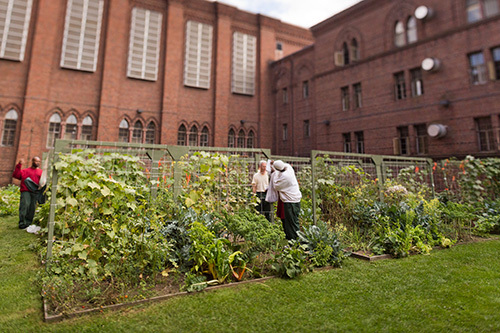
Do you think that the education of incarcerated individuals has the potential to fundamentally change the institution of higher education in America?
کالج کی تعلیم میں قید امریکیوں کی بنیاد پرست کامیابی علامتی ہے. It should move leaders in education to rethink the way we look at college admission and rethink the way we present the things we say we value: شہری مشغولیت, historical knowledge, mathematical literacy, honoring the arts, access to science. We need to revitalize the way we share these things with the public at large.
What does being a Tribeca Disruptive Innovation Awards honoree mean to you?
It’s an honor for the institution to be recognized by Tribeca and for the work begin to be recognized in this way. There is one thing I would like to emphasize with respect to being ‘disruptive’: if you were to present the success of our students to experts in the social sciences they would argue these results are impossible. But these students do well; and they do it year in and year out.
The impossible success of incarcerated students should disrupt the way we have habituated ourselves to look at other problems. We’re going to have to address great crises globally in the 21st century–catastrophic climate change, mass extinction, جوہری پھیلاؤ, آمدنی میں عدم مساوات. Our students’ impossible success came from addressing problems from a different perspective and I hope it inspires something similar in all different realms.
(All photos are courtesy of BPI and CMRubinWorld)
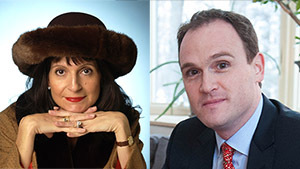
سر مائیکل باربر سمیت میرے ساتھ اور عالمی سطح پر معروف فکری رہنماؤں (برطانیہ), ڈاکٹر. مائیکل بلاک (امریکہ), ڈاکٹر. لیون Botstein (امریکہ), پروفیسر مٹی Christensen کے (امریکہ), ڈاکٹر. لنڈا ڈارلنگ-ہیمنڈ (امریکہ), ڈاکٹر. MadhavChavan (بھارت), پروفیسر مائیکل Fullan (کینیڈا), پروفیسر ہاورڈ گارڈنر (امریکہ), پروفیسر اینڈی Hargreaves نے (امریکہ), پروفیسر کریں Yvonne ہلمین (نیدرلینڈ), پروفیسر کرسٹن Helstad (ناروے), جین Hendrickson نے (امریکہ), پروفیسر گلاب Hipkins (نیوزی لینڈ), پروفیسر Cornelia Hoogland (کینیڈا), فاضل جیف جانسن (کینیڈا), مسز. چینٹل کوفمین (بیلجیم), ڈاکٹر. EijaKauppinen (فن لینڈ), سٹیٹ سیکرٹری TapioKosunen (فن لینڈ), پروفیسر ڈومینک Lafontaine (بیلجیم), پروفیسر ہیو Lauder (برطانیہ), رب کین میکڈونلڈ (برطانیہ), پروفیسر جیف ماسٹرز (آسٹریلیا), پروفیسر بیری McGaw (آسٹریلیا), شیو ندار (بھارت), پروفیسر R. نٹراجن (بھارت), ڈاکٹر. PAK NG (سنگاپور), ڈاکٹر. ڈینس پوپ (امریکہ), شریدر رازگوپالن (بھارت), ڈاکٹر. ڈیانے Ravitch (امریکہ), رچرڈ ولسن ریلی (امریکہ), سر کین رابنسن (برطانیہ), پروفیسر Pasi Sahlberg (فن لینڈ), پروفیسر Manabu ساتو (جاپان), Andreas کی Schleicher (پیسا, او ای سی ڈی), ڈاکٹر. انتھونی Seldon نے (برطانیہ), ڈاکٹر. ڈیوڈ Shaffer کے (امریکہ), ڈاکٹر. کرسٹن عمیق کر رہے ہیں (ناروے), چانسلر اسٹیفن Spahn (امریکہ), ایوز Theze (LyceeFrancais امریکہ), پروفیسر چارلس Ungerleider (کینیڈا), پروفیسر ٹونی ویگنر (امریکہ), سر ڈیوڈ واٹسن (برطانیہ), پروفیسر Dylan کے Wiliam (برطانیہ), ڈاکٹر. مارک Wormald (برطانیہ), پروفیسر تیو Wubbels (نیدرلینڈ), پروفیسر مائیکل نوجوان (برطانیہ), اور پروفیسر Minxuan جانگ (چین) وہ تمام اقوام کو آج سامنا ہے کہ بڑی تصویر تعلیم سوالات دریافت کے طور پر.
تعلیم کمیونٹی پیج کے لئے گلوبل تلاش
C. M. روبن وہ ایک موصول ہوئی ہے جس کے لئے دو بڑے پیمانے پر پڑھا سیریز کے مصنف ہے 2011 میں Upton سنکلیئر ایوارڈ, “تعلیم کے لئے گلوبل تلاش” اور “کس طرح پڑھیں گے?” انہوں نے تین bestselling کتابوں کے مصنف ہیں, سمیت Wonderland میں یلس اصلی, کے ناشر ہے CMRubinWorld, اور ایک Disruptor فاؤنڈیشن فیلو.
C پر عمل کریں. M. ٹویٹر پر روبن: www.twitter.com/@cmrubinworld


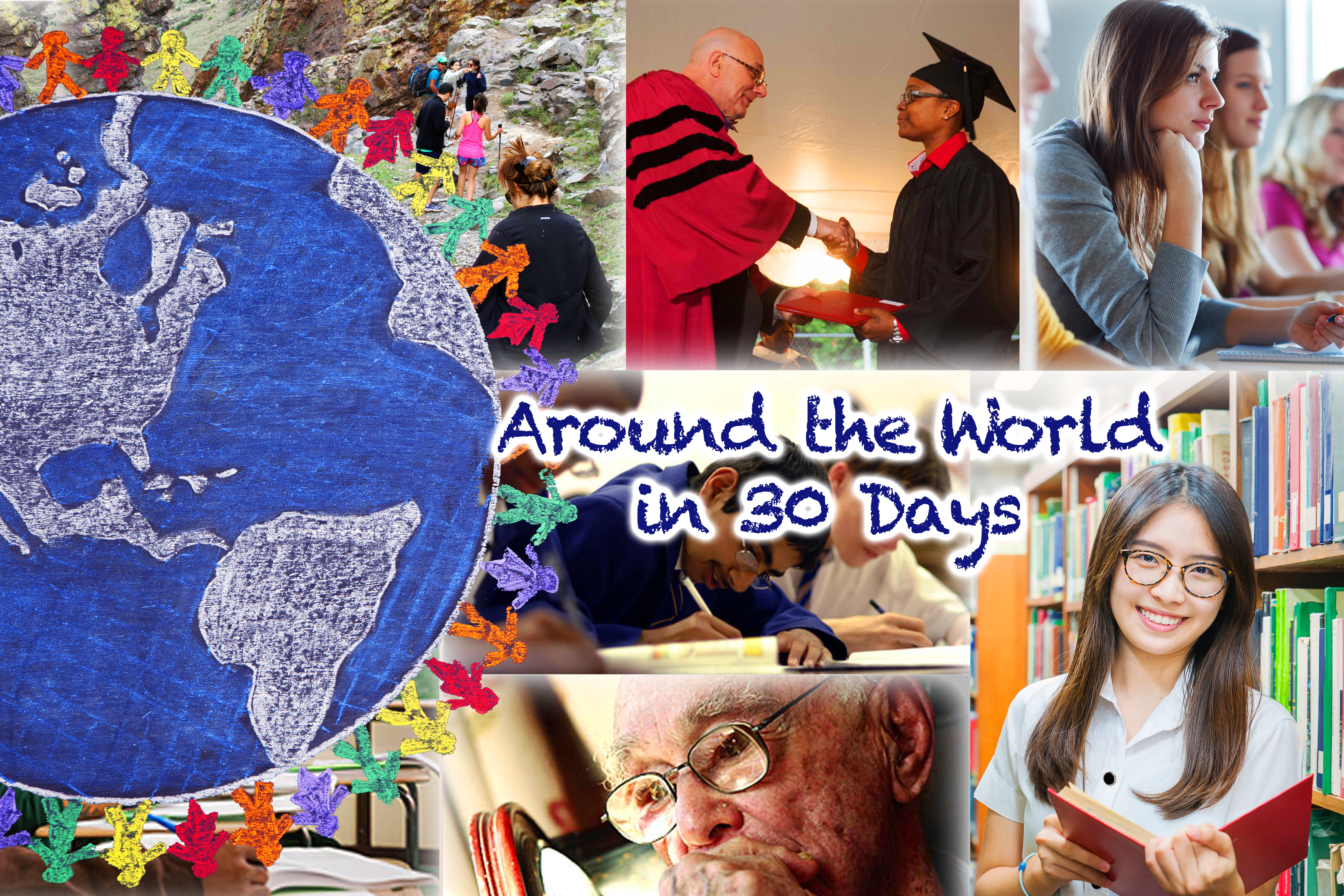

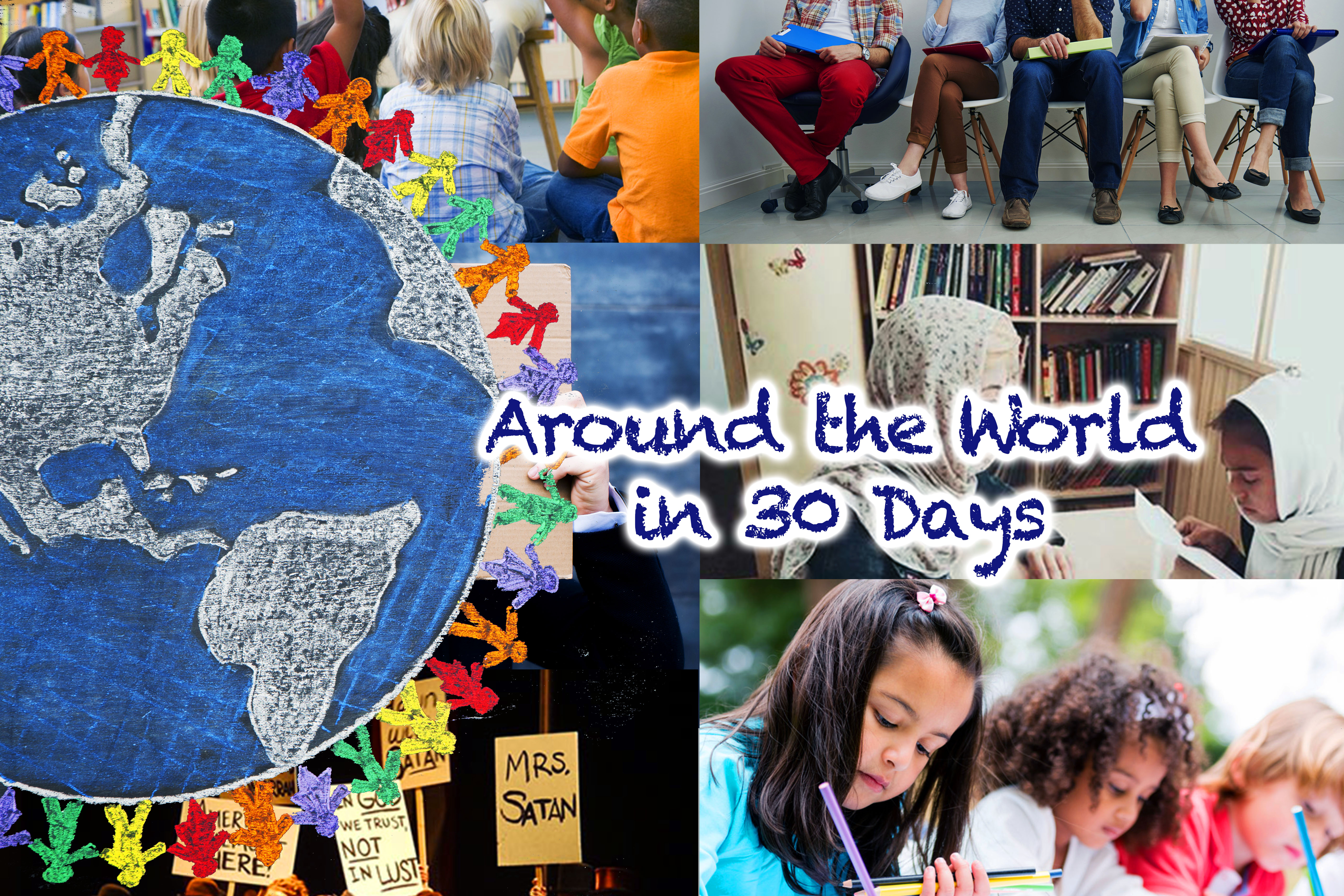

حالیہ تبصرے